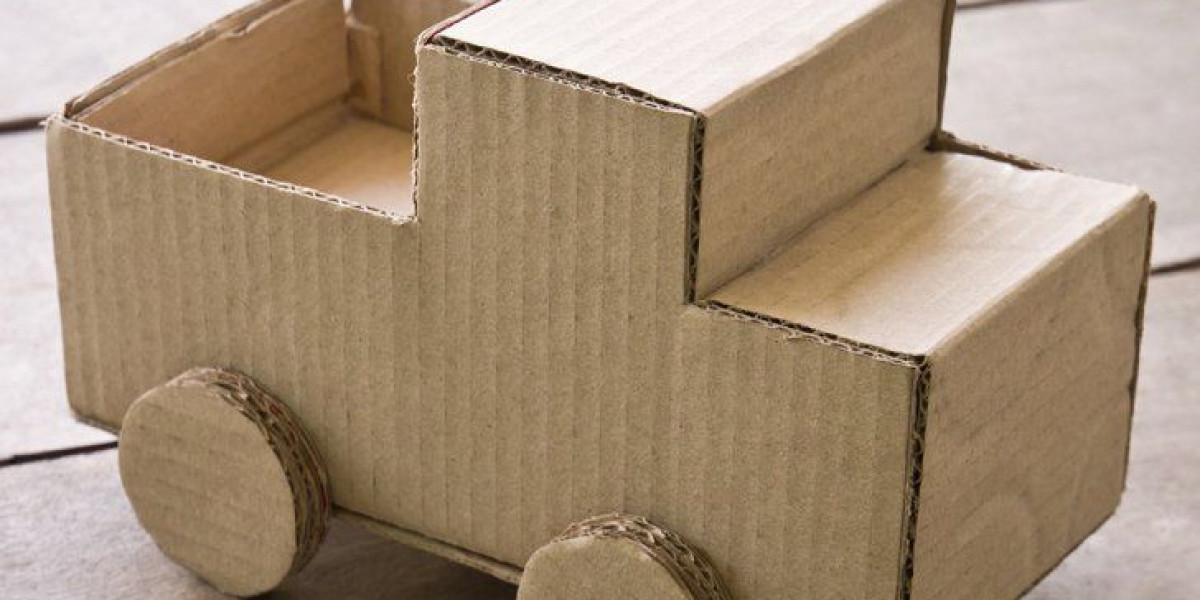Challenges in the Fiber-Based Carton Market
The global shift towards sustainable packaging solutions has propelled the growth of the fiber-based carton market. These cartons, primarily made from paperboard, offer eco-friendly alternatives to plastic packaging. However, despite their environmental benefits, the industry faces several challenges that impact production, adoption, and scalability.
1. High Production Costs
The manufacturing of fiber-based cartons involves several steps, including pulping, molding, and drying, which can be more expensive than producing plastic packaging. The cost of fiber-based packaging is still higher than plastic alternatives by 15-20%, which could slow down widespread adoption in cost-sensitive industries. Additionally, the incorporation of special coatings, lamination, or other enhancements to improve the performance of fiber-based materials can increase the overall cost of production.
2. Moisture Sensitivity
Fiber-based materials, such as cardboard and paperboard, are highly susceptible to moisture damage. In applications where exposure to moisture is common, such as refrigerated or frozen products or humid environments, the effectiveness and integrity of fiber-based packaging can be compromised. This limitation restrains market demand as businesses seek packaging solutions that can maintain product quality and structural integrity under diverse environmental conditions.
3. Supply Chain Disruptions
The availability of raw materials used in fiber-based food packaging, such as paper, cardboard, and plant-based fibers, can be impacted by global supply chain disruptions, price volatility, or seasonal fluctuations. The competition for these materials from other industries, such as the construction and textile industries, can cause price hikes or supply shortages, potentially affecting the stability and scalability of the fiber-based packaging market.
4. Limited Consumer Awareness
Although there is a growing demand for fiber-based packaging, consumer awareness about its benefits over plastic is still limited in some regions. Many consumers are not fully aware of the environmental impact of plastic packaging and may not prioritize sustainable packaging when making purchasing decisions. In addition, some consumers may perceive fiber-based packaging as less functional or durable, leading to resistance in adopting these alternatives.
5. Regulatory Compliance
As environmental regulations become more stringent globally, fiber box manufacturers must ensure that their products meet various standards, which can vary significantly from region to region. Staying informed about these regulations and adapting accordingly is essential for success in the fiber boxes market.
6. Competition from Alternative Materials
Despite the numerous advantages of molded fiber packaging, several market restraints may hinder its growth. One significant concern is the initial cost of production, which can be higher compared to traditional packaging materials. For many businesses, especially small to medium enterprises, the transition to molded fiber packaging requires substantial investment, leading to apprehension about profitability. This can act as a barrier, preventing wider adoption of molded fiber solutions.
7. Quality and Consistency of Materials
The industry has seen an increase in the use of non-traditional fibers like straw, bamboo, grass fiber alternatives, and even bagasse, an agricultural waste stream fiber. The varied nature of the materials recovered makes stock preparation more difficult.
8. Energy-Intensive Production Processes
Folding carton manufacturers have seen energy expenses triple over recent years, consuming 15-20% of total production costs. This has accelerated the shift toward renewable energy adoption, with leading producers investing millions per facility in solar hybridization projects capital expenditures that smaller competitors cannot match.
9. Geographic Concentration of Raw Material Suppliers
Some regions dominate the supply of raw materials like hardwood pulp. For example, eucalyptus pulp farms represent a large share of global supply but can be affected by environmental issues like drought. Additionally, import restrictions on recycled paper in certain countries force producers to pay premiums for virgin fiber, even though many markets lack mature recycling infrastructures.
10. Delayed Adoption of Alternative Materials
While biopolymer-coated cartons for frozen foods show promise, commercial production volumes remain significantly more expensive than conventional wax-coated alternatives. Investments in agricultural residue-based papers are growing but still address a small fraction of market demand. The chemical recycling rate for paper-based packaging is below targeted levels set by circular economy initiatives, limiting the sustainability potential.
Conclusion
While the fiber-based carton market presents a promising avenue for sustainable packaging solutions, it is not without its challenges. Addressing issues related to production costs, material sensitivity, supply chain stability, and consumer perception will be crucial for the industry's growth and widespread adoption. Continued innovation, investment in infrastructure, and consumer education will play pivotal roles in overcoming these hurdles and realizing the full potential of fiber-based cartons in the global packaging landscape.
Get More Details:
| https://www.pristinemarketinsights.com/fiber-based-carton-market-report |








